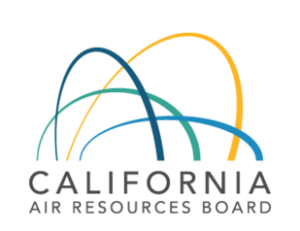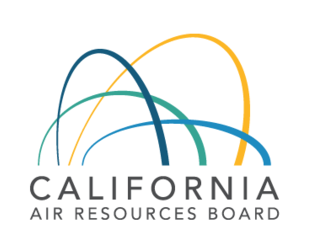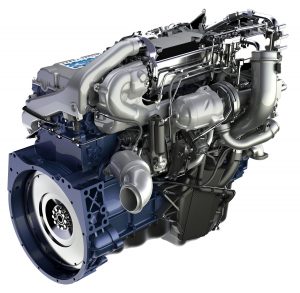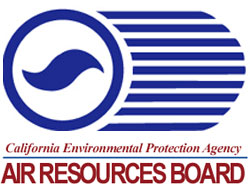
Because I regularly write diesel equipment appraisal reports, I’ve learned quite a bit about CARB regs and have considered their on-going influence on diesel appraisals. I put my research to work in an overview article on Diesel RRP, which has been published in the current edition of the MTS Journal of the International Machinery & Technical Specialties Committee of the American Society of Appraisers. This journal is by subscription only, so I’ve made the article available as a pdf on the NorCalValuation website just for you.
Currently, the CARB RRP debate continues. The recent scandel involving “Dr.” Hien T. Tran, lead author and project coordinator of some critical data leading to the RRP, has added drama to the on-going efforts of some to halt, delay, or reconfigure the regulations. Word on the web is that some of the underlying data may be inaccurate and there are plans afoot to revisit both the research and the regulations. Just as noted in the MTS Journal, CARB diesel regulations continue to evolve.
The CARB regulation backstory, on the otherhand, is fairly straightforward:
California plans to achieve a 75% reduction in diesel particulate matter this year, with an 85% reduction by 2020. The regulations put in place by CARB will eventually encompass all diesel engines in all industries. These CARB regulations, as one might expect, have been debated and discussed on many levels, including the economic effect on industries such as trucking, construction, and agriculture. Some even question whether the regulations will, in fact, improve California’s poor air quality enough to meet requirements of the US Federal Clean Air Act, which allows the federal government to cut off or reduce a state’s allocation of federal highway funds.
In 1998, when California failed to meet National Ambient Air Quality standards, the federal goverment threatened the state’s share of federal highway funds. It was in response to that threat that the California Air Resources Board adopted the current Diesel Risk Reduction Plan in September 2000. RRP recommends many control measures to reduce risks associated with diesel particulate matter (PM) and achieve the goal of 75 percent PM reduction by 2010 and 85 percent by 2020. These CARB regulations may be a harbinger of national change as many other states, also out of compliance with the Federal Clean Air Act, are poised to adopt similar diesel emission rules.
Jack Young, ASA, CPA
NorCalValuation.com




